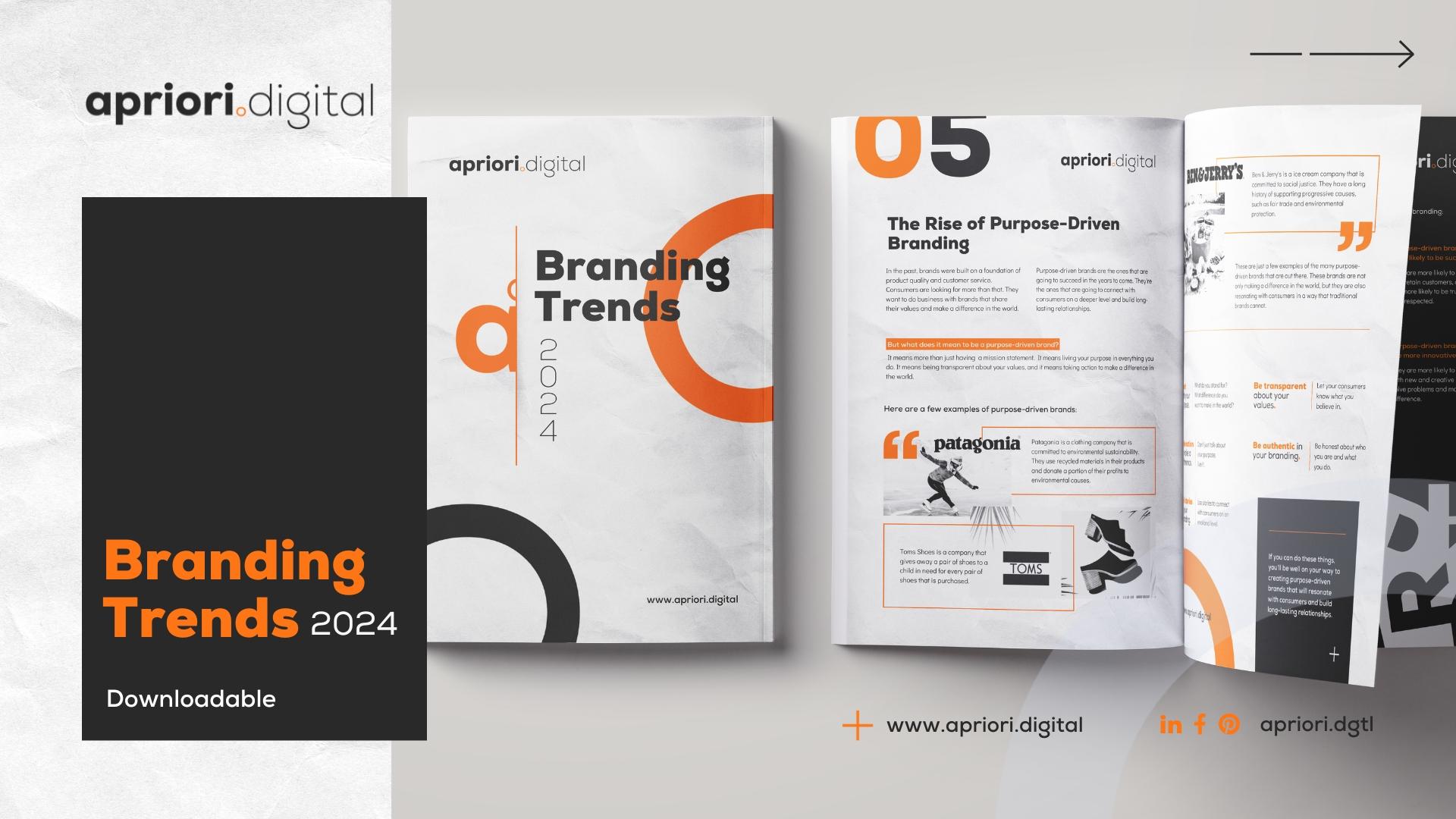Navigating an e-commerce website should be like wandering through a well-organized, modern mall.
Visitors should find themselves on a seamless journey, where each corner unfurls more interesting finds, leading from curiosity to desire, and finally, to purchase. Essential to facilitating this journey is the site’s navigation structure, designed to enhance user experience, boost engagement, and simplify the pathway to conversion.
In this exploration, we’ll delve into the profound strategies and components that form the backbone of powerful site navigation in e-commerce. With a marriage of innovation and user-centric design, the goal is to craft navigational pathways that resonate with user expectations, contributing substantially to the overall success and dynamism of online shopping platforms.
The Home Page: Your First Impression
The home page is not just an entry point but a gateway that should encapsulate the brand’s aura and offerings. It should foster an immediate connection, guiding visitors effortlessly through the vast array of products or services.
- Clarity and Simplicity: Maintain a balanced design where the key elements are presented with enough breathing space, ensuring that visitors aren't bombarded with excessive information.
- Key Categories: Let the spotlight shine on the main product or service categories, subtly guiding visitors towards areas of interest, ensuring they don’t miss out on what’s essential.
Menu Bar: Categories and Subcategories
The menu bar is the silent guide, a steady compass leading users with subtlety and precision. It’s a roadmap, simplifying the journey by offering clear, concise pathways to the desired destinations.
- Logical Structure: Arrange the items thoughtfully, prioritizing them based on user preferences, significance, or seasonal relevance.
- Dropdown Menus: Skillfully utilize dropdown menus to neatly tuck away subcategories, preserving the menu’s cleanliness and organization.
Search Functionality: Finding the Right Product
The search bar is a powerful tool, a quiet assistant that swiftly brings the user closer to their desired product. Enhancing its functionality could be the difference between a seamless find and a frustrating search.
- Auto-suggestions: Equip the search bar with predictive text and auto-suggestions, making the search process faster and more intuitive.
- Advanced Filters: Offer users the autonomy to sift through results with precision, using filters that resonate with their needs and preferences.
Product Pages: Detailed and Organized
Product pages are the final crossroads where decision-making happens. They should be a treasure trove of details, encouraging and assisting the visitor in transitioning from a browser to a buyer.
- Detailed Information: Elegantly present exhaustive product details, creating a virtual experience that compensates for the absence of physical examination.
- Images and Visuals: Captivate users with images and visuals that speak a thousand words about the product, enriching the information with tangible insights.
Shopping Cart and Checkout: Streamlining the Process
The shopping cart and checkout phase is the crescendo of the user’s journey, where simplicity and security should be the steadfast themes.
- Ease of Use: Seamlessly guide users through a process that is as effortless as handing over cash in a physical store.
- Security: Foster a sense of trust by ensuring the utmost security, manifesting as a safe vault for user information.
Footer: Access to Essential Information
A footer is the quiet anchor on each page, rich with essential information, resources, and paths to various other parts of the website.
- Contact Information: Embed diverse modes of contact, making assistance readily available and building bridges of connectivity with users.
- Links: Curate links that act as gateways to essential information, supporting users in their quest for knowledge and guidance.
Mobile Responsiveness: Optimize for All Devices
In the era where mobile devices are steadfast companions, ensuring your website speaks the language of various devices is crucial.
- Design: Craft designs that gracefully adapt to various screen sizes, maintaining aesthetics and functionality.
- Performance: Ensure each element loads and functions with agility, mirroring the smoothness of native mobile applications.
Follow us on socials
User Feedback: Adapt and Improve
The user’s voice is a beacon of enlightenment, guiding continuous improvement and adaptation of the navigation structure.
- Surveys and Feedback Forms: Encourage user participation in shaping the website by collecting their thoughts, experiences, and suggestions.
- Adjustments: Cultivate adaptability, reshaping and fine-tuning the site in alignment with user feedback and evolving preferences.
Analytics: Track and Analyze User Behavior
Analytics is the compass by which you steer the continuous evolution of the site. It’s a source of rich insights, painting a vivid picture of user behavior and interaction.
- Behavior Analysis: Deeply explore how users interact, and let these insights illuminate the path to enhancement and optimization.
- Conversion Tracking: Keep a pulse on conversion pathways, understanding the junctions where users transition from visitors to customers.
Continuous Improvement: Stay Updated and Relevant
The digital winds are continuously shifting, and to navigate these currents, a commitment to continuous improvement and relevance is imperative.
- Trends and Best Practices: Regularly refresh the navigation design and structure based on emerging trends and evolving best practices.
- Regular Updates:Consciously iterate the site, keeping it fresh, vibrant, and aligned with user expectations and industry innovations.
Conclusion
Crafting effective site navigation is a symphony of strategic planning, design brilliance, and continuous evolution. It’s about constructing pathways that are intuitive, engaging, and reflective of user expectations and needs. By infusing each layer of navigation with thoughtful design and user-centric strategies, e-commerce websites can become vibrant marketplaces that captivate users’ interests, facilitate seamless journeys, and nurture a robust foundation for conversions and customer loyalty.



